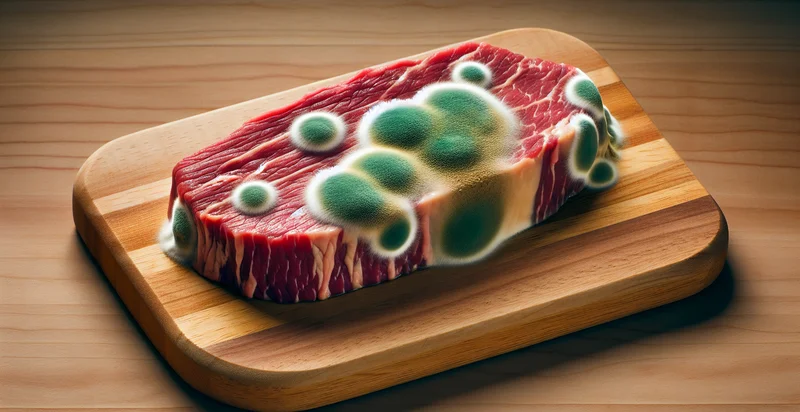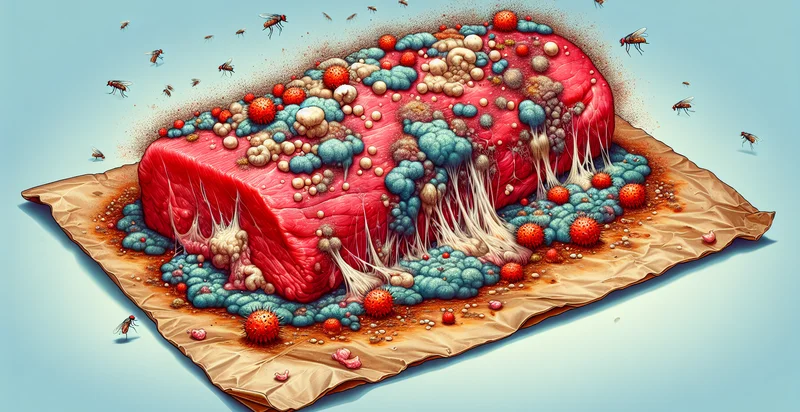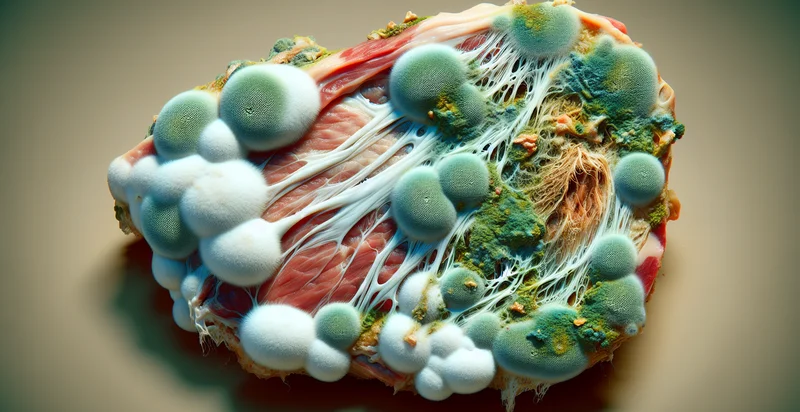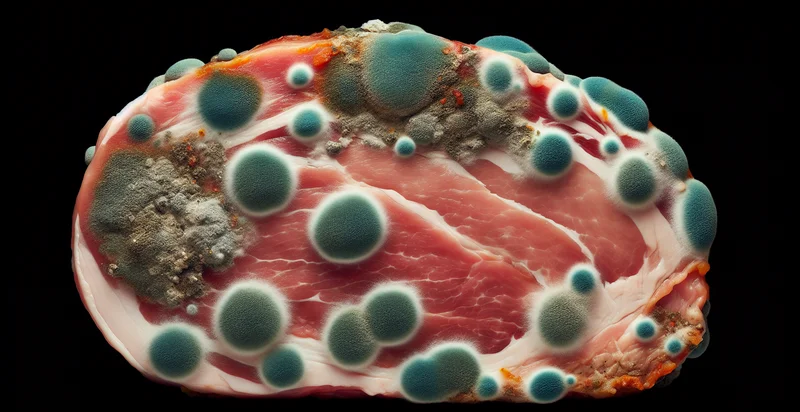Identify if beef is moldy
using AI
Below is a free classifier to identify if beef is moldy. Just upload your image, and our AI will predict if the beef is moldy - in just seconds.

Contact us for API access
Or, use Nyckel to build highly-accurate custom classifiers in just minutes. No PhD required.
Get started
import nyckel
credentials = nyckel.Credentials("YOUR_CLIENT_ID", "YOUR_CLIENT_SECRET")
nyckel.invoke("if-beef-is-moldy", "your_image_url", credentials)
fetch('https://www.nyckel.com/v1/functions/if-beef-is-moldy/invoke', {
method: 'POST',
headers: {
'Authorization': 'Bearer ' + 'YOUR_BEARER_TOKEN',
'Content-Type': 'application/json',
},
body: JSON.stringify(
{"data": "your_image_url"}
)
})
.then(response => response.json())
.then(data => console.log(data));
curl -X POST \
-H "Content-Type: application/json" \
-H "Authorization: Bearer YOUR_BEARER_TOKEN" \
-d '{"data": "your_image_url"}' \
https://www.nyckel.com/v1/functions/if-beef-is-moldy/invoke
How this classifier works
To start, upload your image. Our AI tool will then predict if the beef is moldy.
This pretrained image model uses a Nyckel-created dataset and has 2 labels, including Fresh Beef and Moldy Beef.
We'll also show a confidence score (the higher the number, the more confident the AI model is around if the beef is moldy).
Whether you're just curious or building if beef is moldy detection into your application, we hope our classifier proves helpful.
Related Classifiers
Need to identify if beef is moldy at scale?
Get API or Zapier access to this classifier for free. It's perfect for:
- Quality Control in Meat Processing: Implementing the 'if beef is moldy' identifier can streamline the quality control process in meat processing plants. This system can quickly assess products in real-time, helping to minimize the risk of contaminated beef reaching consumers.
- Supply Chain Monitoring: Retailers and suppliers can use this classification function to monitor the quality of beef at various points in the supply chain. By identifying moldy beef early, businesses can reduce waste and ensure fresher products reach the market.
- Automated Inspection in Grocery Stores: Grocery stores can integrate this technology within their point-of-sale systems or self-service kiosks to automatically identify moldy beef. This ensures that customers are not purchasing contaminated products and enhances overall food safety.
- Consumer Awareness and Education: This image classification feature can be embedded in mobile applications that help consumers check the quality of their beef purchases. Users can scan their beef products to receive immediate feedback on freshness, promoting informed buying decisions.
- Compliance with Food Safety Regulations: Food businesses can use the mold identification system to meet regulatory requirements for food safety inspections. This can serve as a proactive measure to document compliance and avoid costly fines or shutdowns due to foodborne illness outbreaks.
- Product Recall Management: In case of a recall, the 'if beef is moldy' identifier can assist manufacturers in pinpointing affected batches quickly. This capability can enhance response times, ensuring customer safety and protecting brand reputation.
- Research and Development in Food Technology: Food tech companies can employ this classification function during the development of new preservation methods or packaging solutions for beef. Understanding the conditions that lead to mold growth can contribute to creating safer, longer-lasting products.


